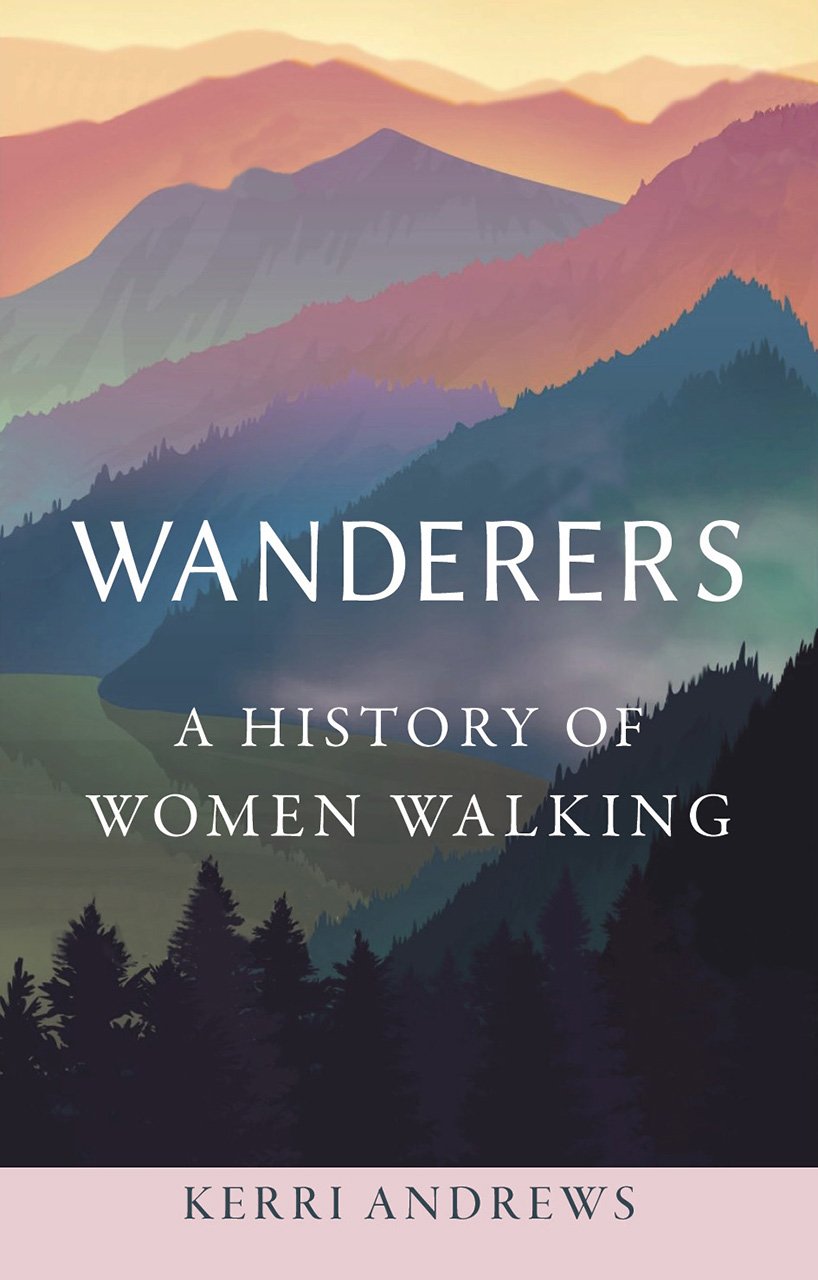
29 Jun Book Review of Wanderers: A History of Women Walking
Reviewing Wanderers: A History of Women Walking by Kerri Andrews
As someone who has often sought solace in the rhythm of my own footsteps, Kerri Andrews’ Wanderers: A History of Women Walking resonated deeply with me. With its promise to explore the journeys of women who have found walking essential to their identities, I’ve been eagerly anticipating this book since its publication in 2020. The foreword by Kathleen Jamie, a writer whose poetic prose speaks to my soul, left me yearning for more, as it is only a fleeting glimpse into this deeply engaging narrative.
Wanderers offers a rich tapestry woven from the lives of ten remarkable women—Elizabeth Carter, Dorothy Wordsworth, Ellen Weeton, and others—each of whom has walked through varied landscapes of personal and social significance over the last 300 years. Andrews not only introduces us to well-known figures like Virginia Woolf and Cheryl Strayed but also shines a light on lesser-known voices that beckon for attention. I particularly appreciated the diversity in their experiences. For example, Andrews highlights Elizabeth Carter’s ‘fearless and bold’ spirit in the 1720s, capturing a vivacious wanderlust that seems timeless and universal.
One of the most poignant themes Andrews explores is walking as a form of recovery. Harriet Martineau’s recovery journey, marked by a mysterious illness that kept her bedridden for five years, is especially stirring. As she measured her physical restoration by the distance she could walk, I was reminded of how movement can embody resilience and healing. This layer of walking as both escapism and a pathway to self-discovery captivated me, revealing the often-neglected narratives of women in literature and history.
Andrews’ writing style is inviting, blending personal anecdotes with historical context perfectly. The pacing felt just right, with a chronological structure that naturally intertwined the lives of these women. Each chapter culminates in Andrews’ own reflections on her walking experiences, offering readers an intimate connection to her journey. This narrative technique grounded the historical accounts in contemporary reality, making the themes feel relevant to today’s readers.
Notable quotes punctuate the narrative with wisdom and inspiration. Rachel Hewitt aptly noted that “Andrews unearths the forgotten women who have walked for creativity, for independence and self-discovery,” a sentiment that hit home for me. It reminded me that walking can be an act of rebellion, comfort, and contemplation all rolled into one.
In conclusion, Wanderers is a treasure trove for adventurous spirits and literary enthusiasts alike. Whether you’re a seasoned hiker or someone who relishes the simple act of walking for reflection, this book will resonate with your own experiences. It encouraged me to appreciate the paths I tread—both physically and metaphorically—with a renewed sense of purpose. For anyone interested in the intersections of gender, history, and the act of walking, Kerri Andrews’ exploration is not to be missed. It certainly enriched my understanding of women’s walking stories and how they continuously shape personal narratives.
Discover more about Wanderers: A History of Women Walking on GoodReads >>









